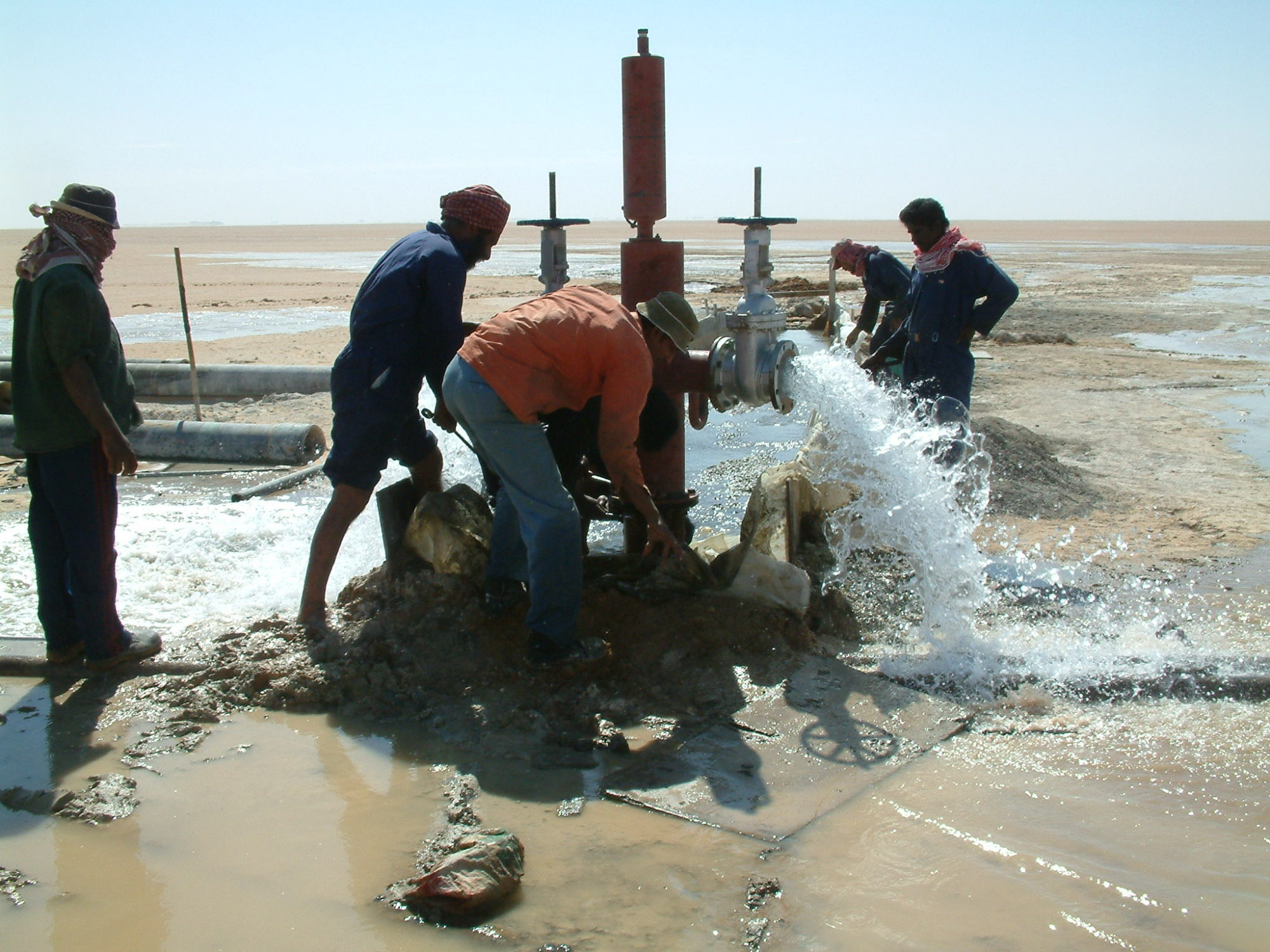| CLIENT & COUNTRY | SUMMARY PROJECT DESCRIPTION |
| UHL Associates, Burkina Faso | Year-2019. He provided some initial inputs on a USAID-funded program in Burkina Faso (Resilience in the Sahel Enhanced II (RISE II)). He was tasked with detailing the status of groundwater knowledge within 15 communes in the Centre North, East and theSahel Provinces. This included: an overview of institutions and companies engaged in groundwater investigations; detailing existing and missing data sets; noting upcoming projects and investigations; providing a partial water balance with suggestions on how to improve this; detailing GIS mapping that could be carried out; and, proposing groundwater development and capacity building options. |
| Egis BCEOM International, Kenya | Years 2010 & 2011. He provided an assessment of the groundwater resources and development potential for a World Bank and AFD financed project entitled “Feasibility Study and Master Plan for Developing New Water Sources for Nairobi and Satellite Towns”. This included contributions to the Project’s Inception Report and cost estimates for drilling deep boreholes. |
Lahmeyer International, Sudan | Year-2010. He worked on the “Roseires Dam Heightening Project” on the Blue Nile in Sudan. His tasks included supervision of the construction of pressure relief wells, local geologists, documentation, and the assessment of dewatering proposals for dam embankment construction. |
Water Resource Consultants, Botswana | Years 2001 to 2003. He was the Team Leader of the Maun Groundwater Development Project (Phase 2). The goal of this Project was to develop production wellfields capable of meeting the year 2015 projected water demand, of 5 Mm3/yr, for the town of Maun and associated localities. The Project entailed exploration, quantification and development of groundwater resources in the lower Okavango Delta (2,500 km2). Responsibilities included provision of technical advice, team management (29 staff), client liaison, reporting, logistics, procurement, Project expenditure, billing and accounting. Interesting technologies employed on the Project included the use of AEM, TDEM and NMR geophysical surveys, installation of jetted piezometers, analysis of delta inflows and outflows, and the development of ArcView GIS databases and groundwater models. 30 production boreholes were constructed to meet Project objectives. |
Resources Services, Botswana | Years 1999 & 2000. He was the Team Leader of a study to evaluate the groundwater resources and potential of providing reticulated supplies to three villages on the edge of the Kalahari Desert. Responsibilities included managing a team of 24 staff, reporting, logistics, procurement, Project expenditure, billing and accounting. Leading edge technologies employed on the Project included: a helicopter-borne FDEM survey; the installation of a combined meteorological and groundwater monitoring station; use of chloride mass balances, groundwater recession analyses, and real-time remote sensing data to estimate the variability of recharge; sampling and analyses of Br, Cl, B and Li to determine the origin of various brines; and, 14C, 18O and 2H sampling and analyses to determine the age and origin of recharge. |
| Assignments Prior to Year-1990 are not included |

